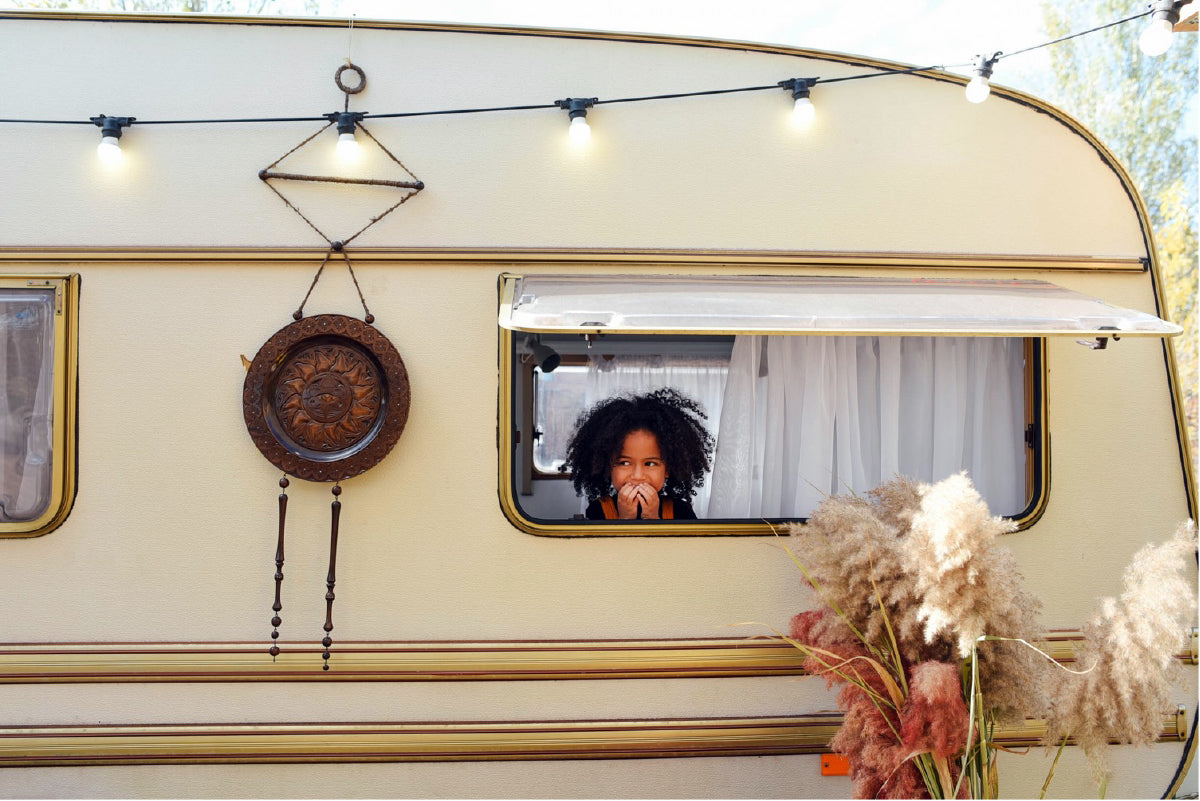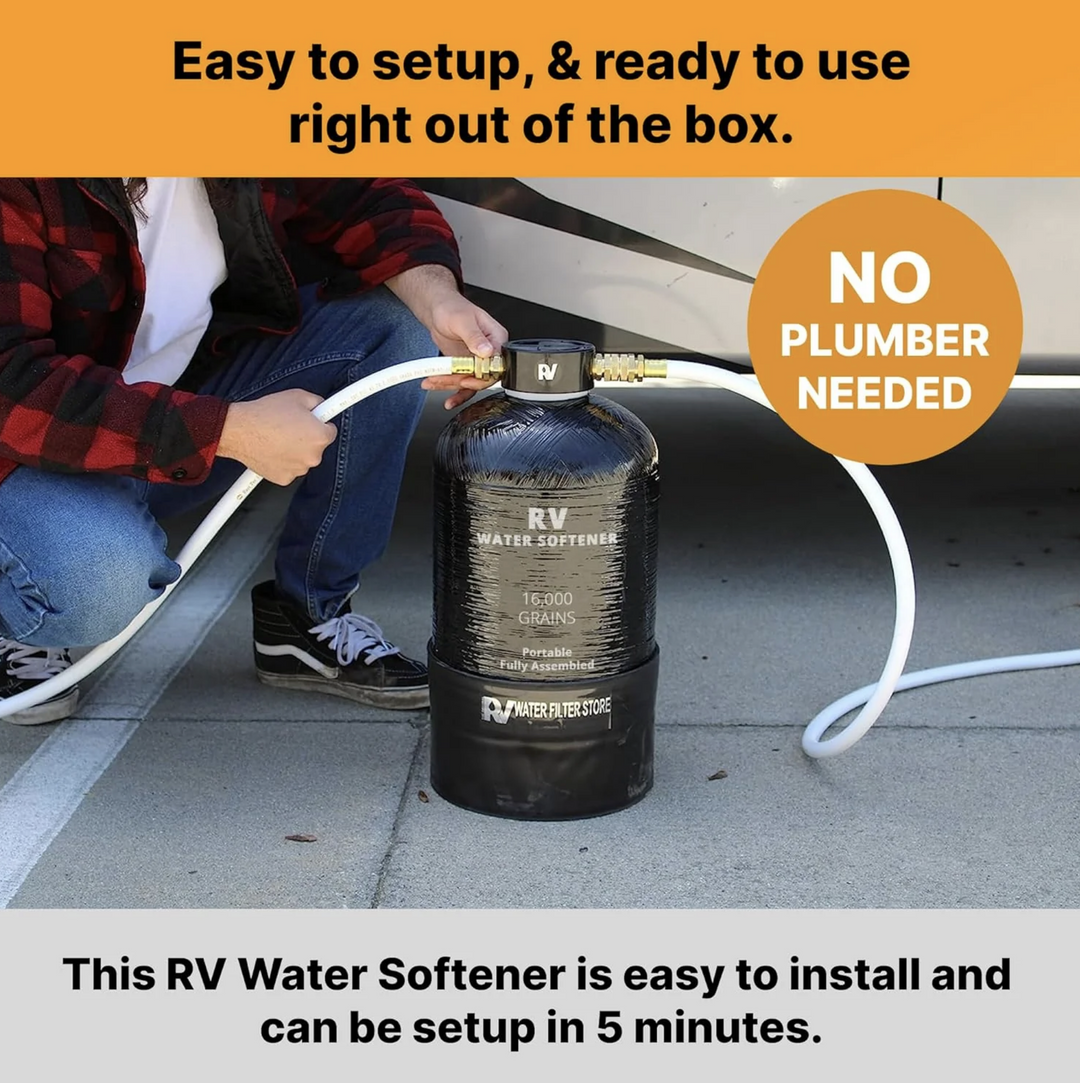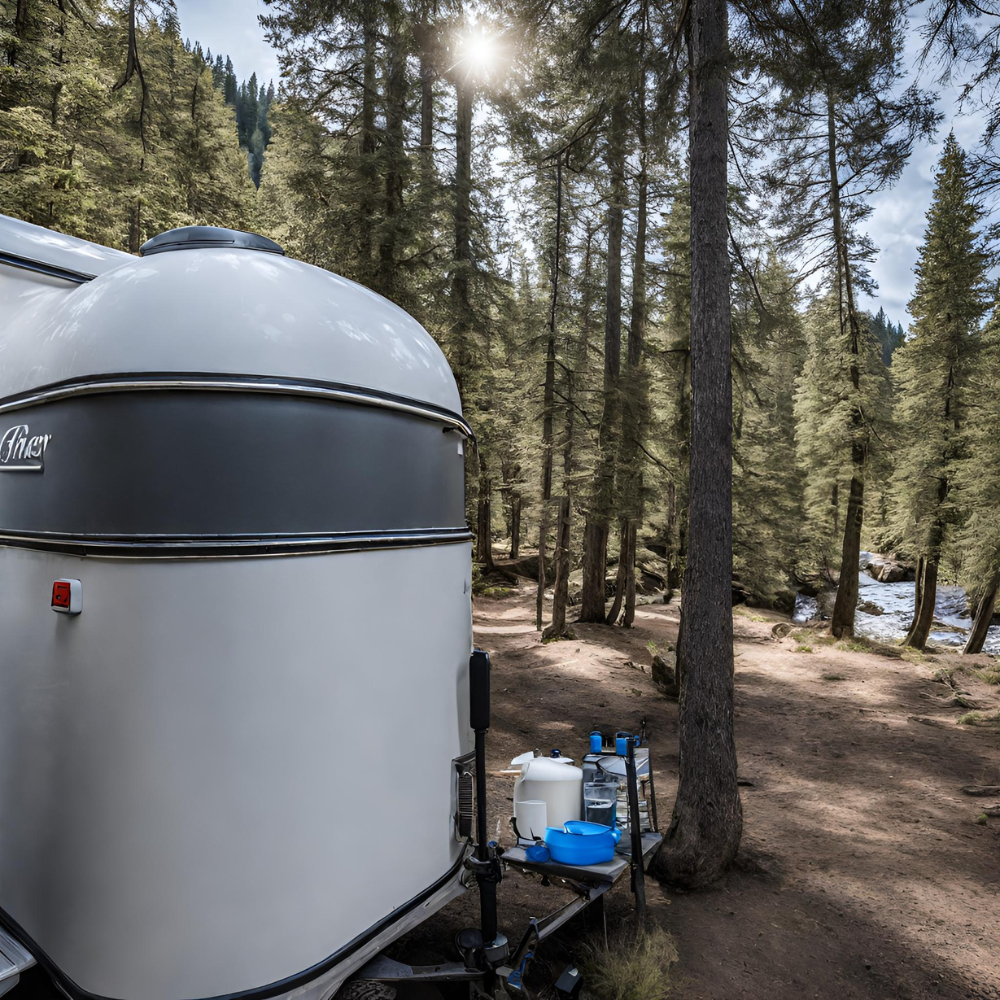WHICH FILTER IS RIGHT FOR ME?
TIPS FROM OUR PROS
Choosing a water filtration system for your RV can be daunting. Here are some suggestions that might make the decision easier.
WHAT TO CONSIDER?
TWO MAIN FACTORS
Two main factors to consider when choosing a filtration system are...
- What is your source water (and what needs to be removed from the water?)
- Where will the system be located/mounted?
WHAT IS YOUR SOURCE WATER?
Generally speaking, you are going to get water from two different sources (city connection or well water)
City connections within the United States come from treated sources and are therefore less likely to have issues with microorganisms or agricultural chemical runoff.
Common issues with city water include..
- Taste and Odor (often due to high chlorine levels)
- High Water Hardness (causes limescale)
- Metals (Lead) leaching into the water
- Disinfection byproducts (TTHMs)
Private or Public Wells are common in rural areas of the country. Because wells are subject to environmental hazards they will thus have a wider range of possible contaminants.
Common issues with wells include..
- Taste and Odor issues
- Staining (red/brown/black) on appliances (commonly caused by dissolved iron, sulfur, or manganese)
- High water hardness
- Large amounts of sediment
- Biological contaminants
- Chemical contaminants from agricultural runoff
SOLUTIONS FOR COMMON CONTAMINANTS
Taste and Odor
- Carbon filters are most effective for the removal of most contaminants causing poor taste and odors and are included in all of our systems. For increased drinking water quality, see our Undersink Drinking Water Systems
High Water Hardness (causes limescale)
Water softeners remove the dissolved calcium from the water, creating “softened water”.
or…..
Our canister style anti-scaling filter releases small amounts of phosphates into the water, which prevents the formation of limescale caused by hard water.
Dissolved metals (causes staining and taste/odor issues)
- Dissolved metals can enter water via groundwater (wells) or the piping through the distribution system (city). Common contaminants include iron, sulfur, manganese, or lead will cause a poor taste and will sometimes stain appliances orange, red, brown, black. Our RV Water Filtration Systems + Iron is a great solution for all of these issues.
Biological contaminants (causes woody, musty and/or septic taste issues, can have adverse health effects)
- Biological contaminants can include algae, fungi, bacteria, and viruses. Not common in city water connections throughout the United States, but can be present in natural water sources such as wells and lakes. Several treatment options exist, including…
- Filtration - our VirusHero filter reduces bio-contaminants to 0.2 microns
- Disinfection by chlorination - addition of Purogene to water will actively sanitize the water while still being potable
- Quantum Disinfection - Quantum Disinfection filters kill 99.99% of biological contaminants. Can be compared to effectiveness of UV filtration, although Quantum Disinfection does not require power or bulb replacements.
WHERE TO CONNECT YOUR FILTERATION SYSTEM?
There are several options for location of your system. This will help decide what size connections you’ll need to connect your system to the water source and to the RV (ie. garden hose connection, PEX connection, etc.)
Options for location of the filter system include…
- Outside
- In a wet bay
- Post-Pump/Under Sink
MOUNTING IN A WET BAY
A wet bay is a lower cabinet on the exterior of the RV, oftentimes where the water connection and freshwater tank fill will be. Not all RVs will have this.
Connection through a wet bay will typically require connection of the filter either directly using a garden hose, or will be internally plumbed into the PEX lines connected to the water connection. Determine what will work best for you.
For garden hose connection, order a standard system with ¾” garden hose connection. For PEX connections, order a PEX adapter kit.
INTERNAL MOUNTING (AND OTHER PEX CONNECITONS)
Filtration systems can also be connected to the internal plumbing system of the RV. The filter system is typically placed inline after the water pump, either in a designated cabinet or under the sink. For whole RV filtration, it is typically best to install the filter as close as possible after the freshwater pump. (*note* the pump needs to push water through the filter, it cannot pull water through)
Connection to internal plumbing typically calls for either a
⅜” or ½” PEX adapter but check your connection types before purchasing adapter kits.
Standard systems come with ¾” male garden hose connections on both the input and output. **insert link to adapter kits - ⅜” and ½” PEX
SIZING GUIDE
Below is a sizing chart for our most popular systems/mounting brackets. If mounting the system, please note that you will need 3-4” on both the input/output ends of the filters to allow for connection to hose and tubing, as well as at least 1.5” below the filter system in order to remove the canister bottom when changing filters.







